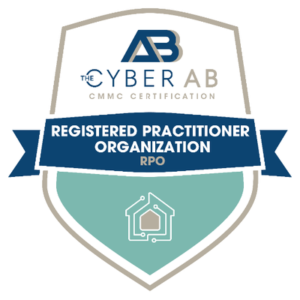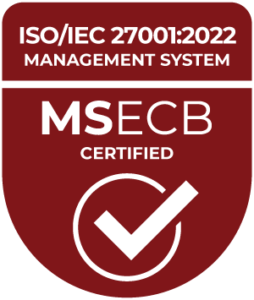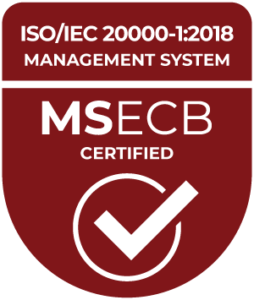Strategic planning is hard. Strategic planning during a worldwide pandemic, even harder. Organizations must contend with ongoing disruptions to the global supply chain, managing remote and hybrid workforces and simply keeping their employees from jumping ship. Now, rising inflation and the emergence of another concerning coronavirus variant may portend more stormy seas in 2022.
Despite the inherent challenge of planning amid uncertainty, having an effective strategy is still imperative. Strategic plans marry vision with reality. They provide organizations with a clear blueprint for allocating resources and directing business units toward strategic objectives, rather than lurching from one crisis or opportunity to the next. However, simply having a plan is not enough. Plans must be actionable, resilient and rooted in the operational realities of your organization. To this end, your strategic planning process should include the following components:
- Current state analysis
- Future state objectives
- Key performance indicators (KPIs)
- Communication plan
- Measurement and improvement schedule
Current State Analysis
The present state of your organization, including its structure, capabilities and competitive position, should be determined and documented. Conducting a SWOT or PEST analysis is a common method for gathering this information. KPIs should also be used to baseline current performance, providing an objective anchor for measuring future progress.
Future State Objectives
Future goals should be clearly defined to guide your strategy. Where do you want your organization to be in 2023? How about in 2027? Using brainstorming techniques, you can generate a diverse multitude of possible futures, then distill them into a set of core, concrete objectives. To ensure executability, these objectives should be SMART—specific, measurable, achievable, relevant and time-bound.
Key Performance Indicators
Be sure to develop the right KPIs for your organization and align them with your strategic objectives. These data points will serve as your compass, tracking the implementation of your plan and signaling when a course correction is necessary.
Communication Plan
To achieve unity of action across the organization, your strategy must be communicated effectively. Applying KPIs to all employees is a way to promote shared accountability and personal investment in the organizational strategy.
Measurement and Improvement Schedule
You should develop a clear methodology, built around KPIs, for measuring progress at predefined intervals. This practice builds resilience and transparency into your planning process, ensuring that implementation problems are regularly surfaced and addressed.
Strategic planning isn’t easy. A staggering 90% of organizations fail to effectively execute their strategic plans. But having an experienced navigator at the helm makes all the difference. With our proven approach to strategic planning, MBL Technologies can confidently guide you to your destination.




